How at home are you online?
How do you use digital tools? Are you constantly online and using social media or management tools to record your every action, or do you just dip in and out of online resources using them as and when you need?
LSE students who have recently taken part in the Students Ambassadors for Digital Literacy project were asked to map their digital footprint to find out more about how they fitted on the Digital Visitors and Residents model (V&R).
The students found significant difference in their use of institutional tools, such as Moodle, LSEforYou, LSE email and their library accounts and personal tools such as Google, Skype and Dropbox.
The exercise encouraged students to think about the overlap with these tools and perhaps how they could utilise them more effectively.
“Drawing a pair of axis, one ranging from Visitor to Resident and the other outlining the nature- Personal or Institutional, we populated the graph with various tools- social media, organisational, entertainment and fitness- from all realms of our being and analysing where we stand for each of them. This method of analysis offers a refreshing way of looking at digital engagement- capturing both the extent and the nature. It allows for subjective interpretation of each tool and hence is not limited by strict definitions. For example, I could put in Microsoft OneNote which I exclusively use for work related documentation.”
However, it may still be too simplistic since it does not account for overlaps well and does not factor in the nature of some tools that are only meant for visitor purposes- eg Moodle. No tool could be on two extremes of a dimension without sketching it in twice- making the chart less succinct. Furthermore, there are other characteristics of engagement that could be factored in with more dimensions: regulated use, open source, within the personal space (entertainment or personal development). These are things we take as banalities and its not until we stop, think and categorise that we can alter and optimise our use of these tools and this would be the biggest takeaway for me from the task”
Simran Masand
“This process was stimulating as it was good to take a step back from our normal online activities and to understand the extent to which we personally interact with these services. By creating the map, it was significant for me as I noted how we do not always need to act either as a “Visitor” or “Resident”, but rather, this model should be viewed as a continuum. For instance, in my map, I noted how Facebook, even as used as a residential tool, both was within the personal and institutional category due to the fact that I have joined LSE specific groups whilst also having a personal interaction with it.
One point that I came away with from this task was the questioning the extent to which it is possible to be off the scale on the map (i.e. is it possible to be anonymous). However, thinking about this, even for users who may not login to services at all, they will still be classed as a “Visitor” on this model. Therefore, perhaps it is not possible to be completely anonymous whilst we are using online services.”
Alex D’Arcy
Most of the maps showed that students were more likely to act in a visitor mode when accessing institutional tools and behave as residents when using tools to manage their personal lives. This indicates something about how students are engaging and learning at the LSE but also how these tools are presented to them by the School. There is a wider debate about the place of personal tools such as social media in teaching, but perhaps some of the institutional tools are not being used to their full potential. For example Simran mentions in her post that Moodle is “only meant for visitor purposes” yet in fact Moodle is designed using social constructionist pedagogy with the idea that learning is a collaborative cultural event which would encourage ‘resident’ use. Moodle supports the use of discussion forums, peer assessment and feedback, collaborative writing, group submissions, anonymous Q&A, Wiki’s, blogs, and many more activities. If designed well a Moodle course can encourage an online community which supports and extends beyond face to face work carried out in the classroom.
The maps raise several questions about how we separate out our behaviours and identities online. LSE students appeared to leaving a large digital footprint with their use of external applications in their personal life but did not seem as comfortable in creating a professional persona on apps like Linked In or Twitter. One of the aims of the SADL project is to work with students in order to discuss strategies to build a positive online presence and expand their networks. Workshops involve sharing and testing online tools to see how they can be adapted from personal use to manage their academic work.
The student blogs about the workshop and more information about the SADL project can be found on the SADL blog.

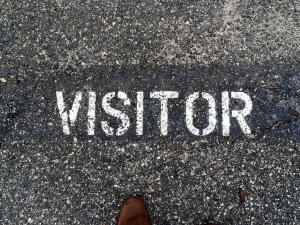


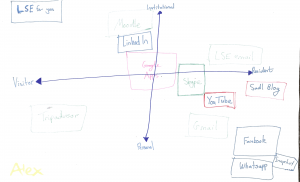
 In the spring of 2015 I finished my first year of American grad school. Coming from the German university system I knew it was going to be a Protestant re-education camp in terms of work load and ethic. By the end of that spring I had to write three sizeable papers in short succession and ‘time is of the essence’ took on a new meaning. Lucky for me some of my friends had just started using this writing set-up that streamlines all the things that take no brain but lots of time: citations, the bibliography, and worrying about the different format of citations when in footnotes vs. when in the bibliography.
In the spring of 2015 I finished my first year of American grad school. Coming from the German university system I knew it was going to be a Protestant re-education camp in terms of work load and ethic. By the end of that spring I had to write three sizeable papers in short succession and ‘time is of the essence’ took on a new meaning. Lucky for me some of my friends had just started using this writing set-up that streamlines all the things that take no brain but lots of time: citations, the bibliography, and worrying about the different format of citations when in footnotes vs. when in the bibliography.
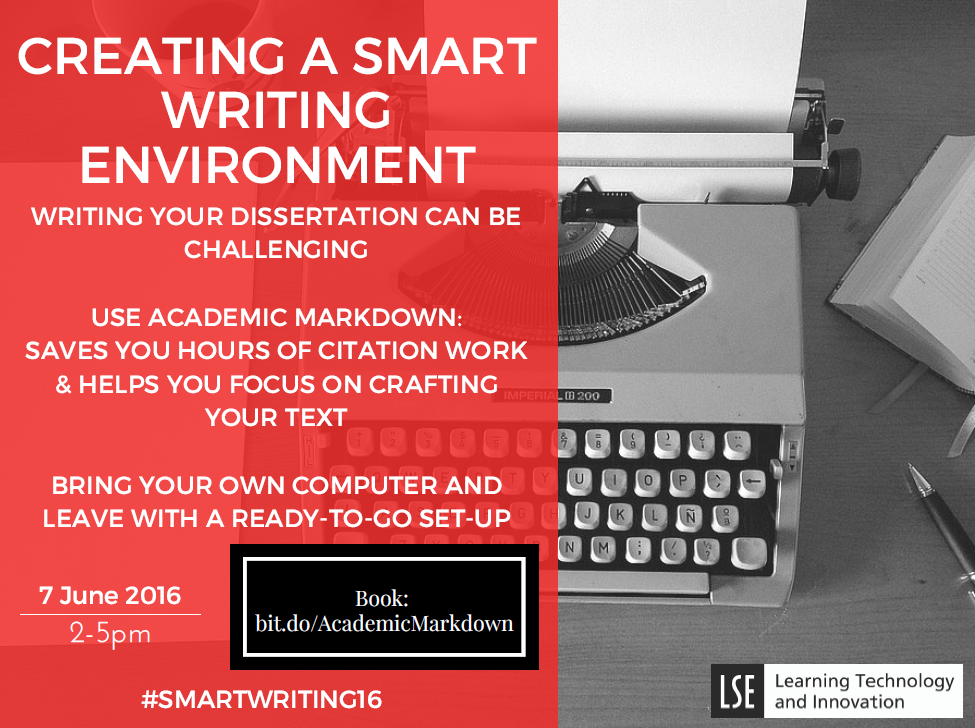



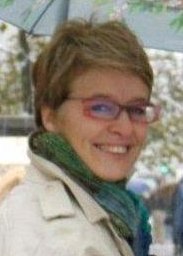

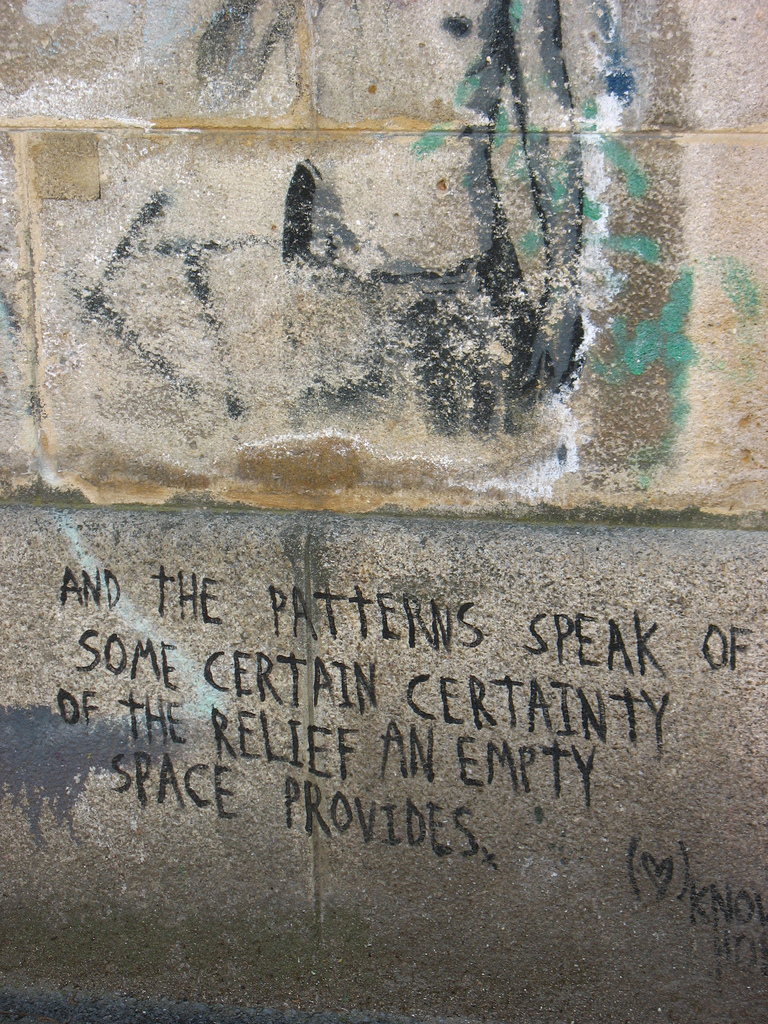
 Two weeks ago I attended the
Two weeks ago I attended the 




